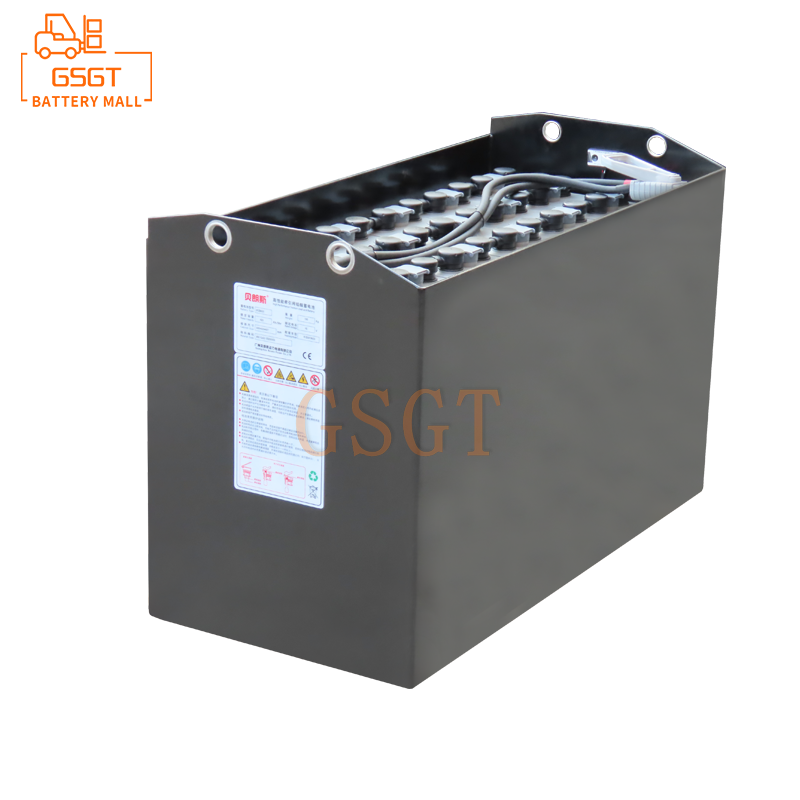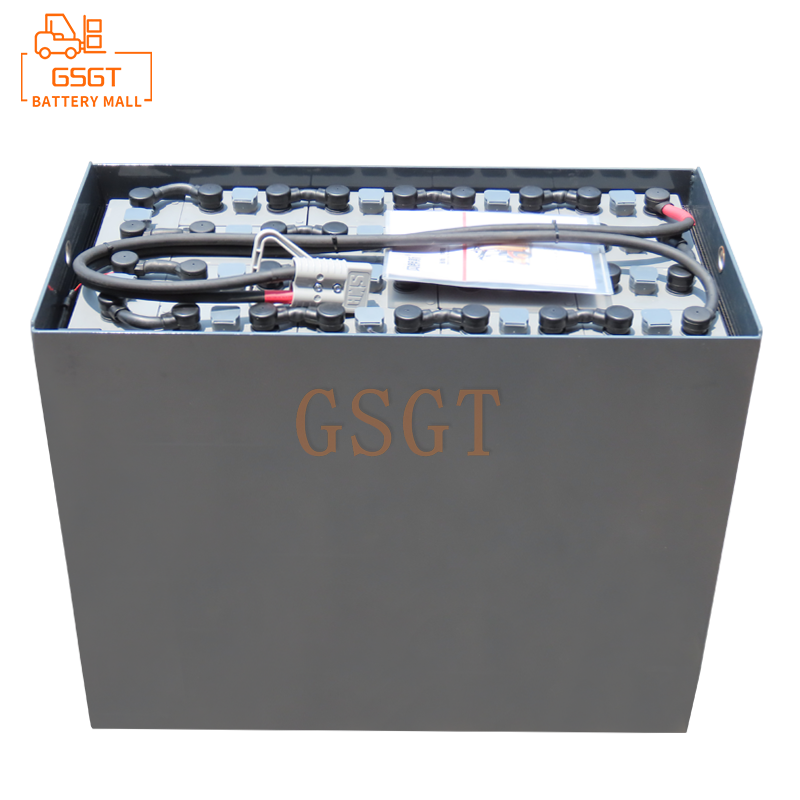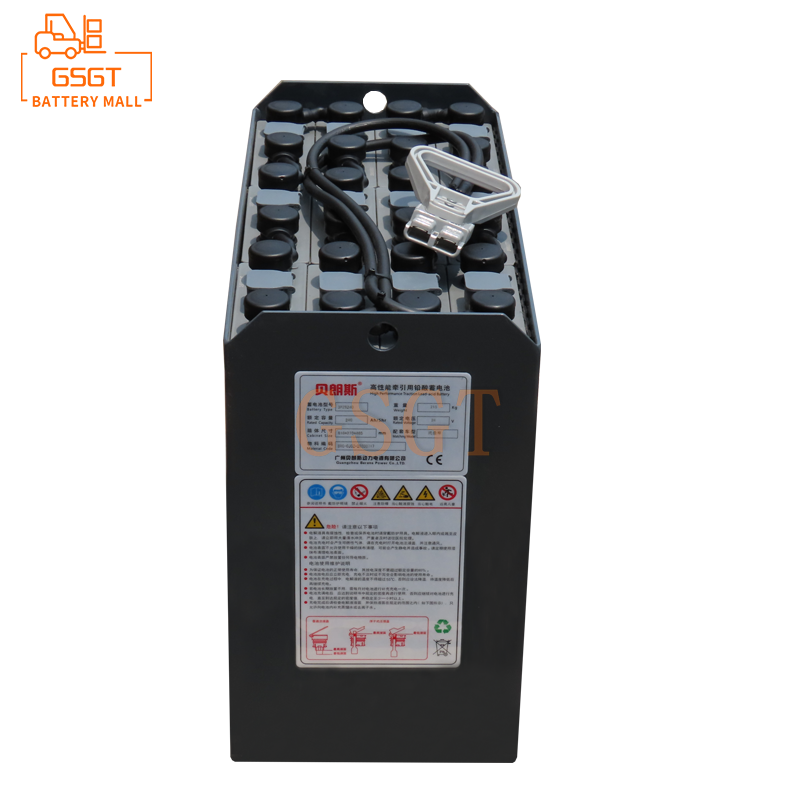Time:2025-03-21 09:43:18
Browse:628
With advantages such as low cost and mature technology, lead-acid batteries have long occupied an important position in many fields, from automotive starting power to backup power supply of communication base stations, and are widely used. However, with the growth of the use of time, lead-acid batteries inevitably aging, at this time, the balance between its life and potential risks gradually become prominent, related to the normal operation of equipment, personnel safety and environmental health, the need for in-depth discussion.
1. Deterioration of performance of aging lead-acid batteries
◆ Capacity attenuation
The core function of lead-acid batteries is to store and release electrical energy, and the most intuitive manifestation of aging is a substantial decrease in capacity. During normal use, an electrochemical reaction occurs on the positive and negative plates inside the battery, and the active substances on the plate participate in the reaction to achieve the conversion of electrical energy and chemical energy. However, as the number of charge and discharge cycles increases, the active substance on the plate gradually falls off and corrodes, resulting in a reduction in the effective substance involved in the electrochemical reaction, and the amount of charge that the battery can store decreases. For example, a lead-acid battery used for starting a car for many years, which can easily start the engine, may be difficult to start or even unable to start after aging, because its actual capacity has been far lower than the level of the new car, unable to provide enough instantaneous large current.
◆ Increased internal resistance
The internal resistance of aging lead-acid batteries increases significantly. The formation of internal resistance is related to a variety of factors inside the battery, electrolyte drying, plate vulcanization, loosening of connecting parts, etc., will promote the internal resistance to rise. The increase in internal resistance means that when the current passes through the battery, the heat generated inside the battery increases, and the power loss is increased. Take the lead-acid battery pack in the communication base station as an example. After the internal resistance increases due to aging, it will not only reduce the output voltage of the battery pack when it supplies power to the base station equipment, affecting the normal operation of the equipment, but also consume more electrical energy during the charging process and convert it into heat energy, resulting in energy waste and even overheating of the battery.
2. Safety risks caused by aging lead-acid batteries
◆ Thermal runaway risk
Thermal runaway is a serious safety problem faced by aging lead-acid batteries. As the battery ages, the internal resistance increases and the heat generated during charging and discharging increases. At the same time, the heat dissipation mechanism inside the battery is reduced due to aging factors such as the drying of the electrolyte. When the heat generated by the battery cannot be dissipated in time and the temperature continues to rise, it will trigger a series of vicious cycles. The increase in temperature accelerates the electrochemical reaction rate and further increases the heat production, which, if not controlled, may eventually cause the battery housing to deform, crack, and even burn. In some energy storage power stations that use a large number of lead-acid batteries, once thermal runaway occurs, it is easy to cause large-scale fires, resulting in incalculable property losses and casualties.
◆ Electrolyte leak threat
The shell and seal of the aging lead-acid battery will age and embrittlement due to long-term use, resulting in reduced sealing performance and electrolyte leakage. The electrolyte of lead-acid batteries is sulfuric acid solution, which is highly corrosive. Once it leaks, it will cause serious corrosion to the surrounding equipment, ground and buildings, and damage electronic equipment and metal structural parts. Moreover, sulfuric acid electrolyte leaks into the environment, will pollute soil and water, and cause long-term harm to the ecological environment. If the personnel accidentally contact the leaked electrolyte, it may also lead to skin burns, respiratory irritation and other health problems, threatening the safety of on-site workers.
◆ Hidden electrical short circuit
The aging of the internal plate of the battery and the loss of the active material may cause damage to the isolation between the positive and negative plates, resulting in electrical short circuit. Short circuit will generate a large current for an instant, which will sharply increase the battery temperature and aggravate the risk of thermal runaway. In addition, a short circuit may also damage the circuit system connected to it, triggering a chain reaction of failures. In the automobile circuit, if the aging lead-acid battery short-circuit, may lead to the whole car circuit burned, affect vehicle safety, and even cause traffic accidents.
3. Strategies to balance longevity and risk
◆ Regular inspection and maintenance
Establish a perfect regular detection mechanism for lead-acid batteries, and monitor battery voltage, current, internal resistance, capacity and other parameters through professional equipment to grasp the aging state of the battery in time. For battery packs in important places such as communication base stations and data centers, it is recommended to conduct a comprehensive test every month. According to the test results, the maintenance of the battery with a light aging degree, such as supplementing the electrolyte and balancing the charge, can restore the battery performance to a certain extent and extend the service life. Check the battery shell and connecting parts regularly, and replace aging or damaged seals and connecting parts in time to prevent electrolyte leakage and electrical short circuit hazards.
◆ Change decisions ahead of time
According to the service life of the battery, the number of charge and discharge cycles and the performance data of the actual test, a reasonable replacement strategy is formulated in advance. For some application scenarios with high safety requirements, such as medical equipment backup power supply and aviation ground auxiliary power supply, when the battery aging reaches a certain degree, even if it can barely work, it should be replaced decisively to avoid serious safety accidents caused by battery failure. At the same time, a reasonable replacement plan can reduce the high cost and equipment downtime caused by centralized battery replacement.
◆ Recycling and reuse
After the aging lead-acid battery is decommissioned, the standardized recovery and reuse is very important. On the one hand, the waste batteries can be dismantled and refined by professional recycling enterprises, and valuable substances such as lead and sulfuric acid can be recovered, so as to achieve resource recycling, reduce the dependence on original resources, and reduce the pollution of waste batteries to the environment. On the other hand, the battery is treated harmlessly during the recycling process, effectively eliminating potential safety hazards. Encourage the establishment of lead-acid battery recycling networks, improve recycling efficiency, and ensure that waste batteries are properly disposed of.
The life and risk balance of aging lead-acid batteries is a complex and critical problem. At present, only by fully understanding the performance decline characteristics and safety risks of aging batteries, through scientific detection, maintenance, replacement and recycling measures, can we explore the residual value of batteries as far as possible on the basis of ensuring equipment operation, personnel safety and environmental protection, achieve a win-win situation of resource utilization and risk management and control, and promote the sustainable development of the lead-acid battery industry.

$2450

$1270

$2140

$850

MESSAGE
Professional And Efficient
Security
Affordable Price
Professional Services